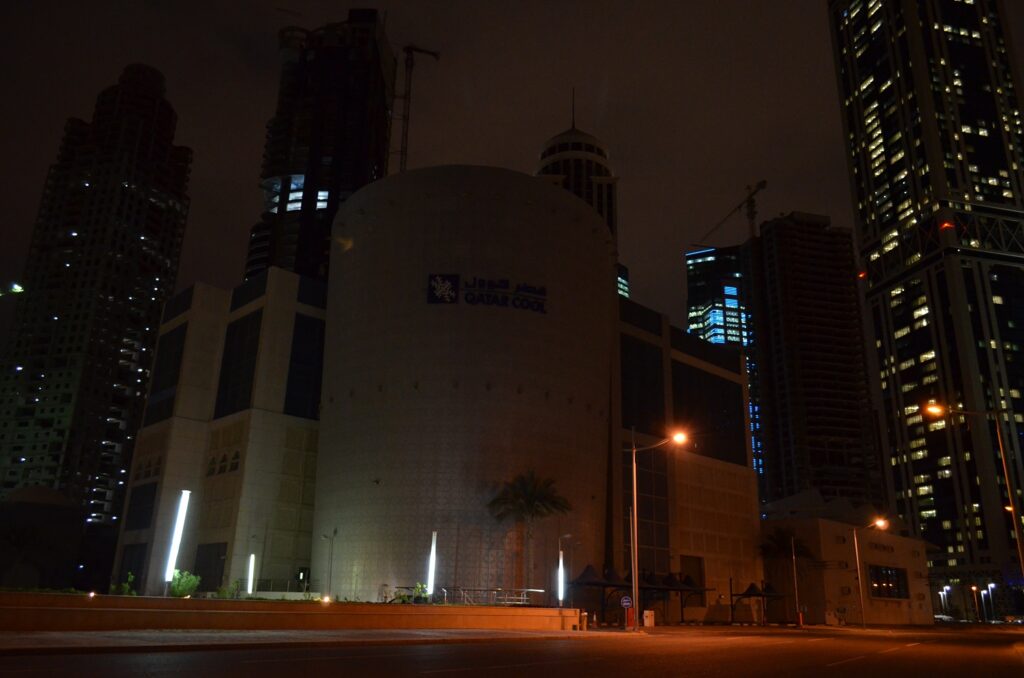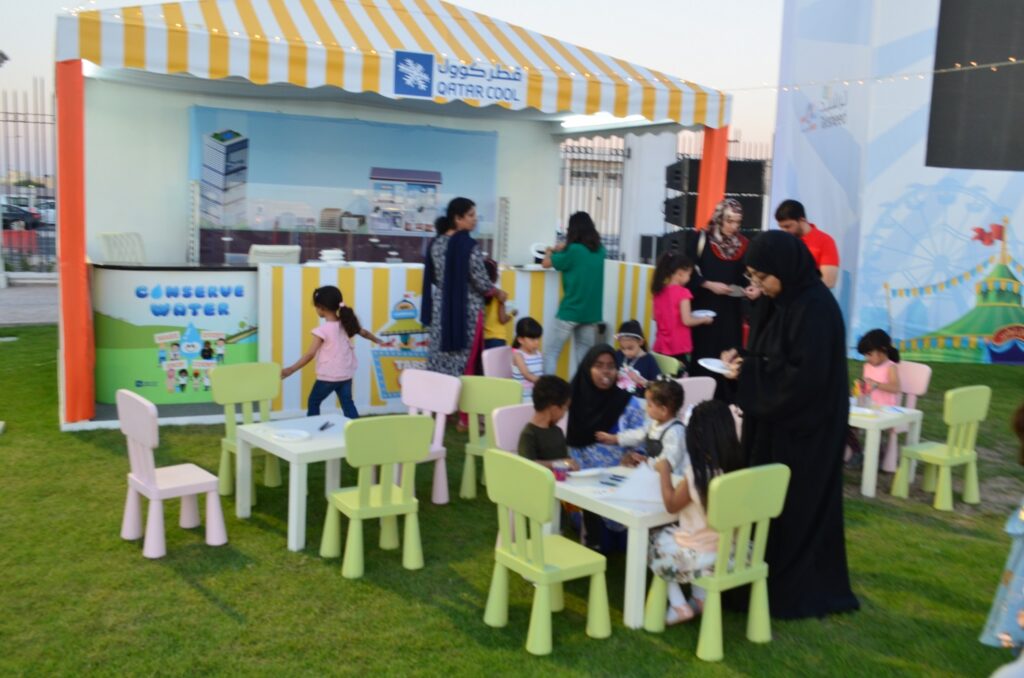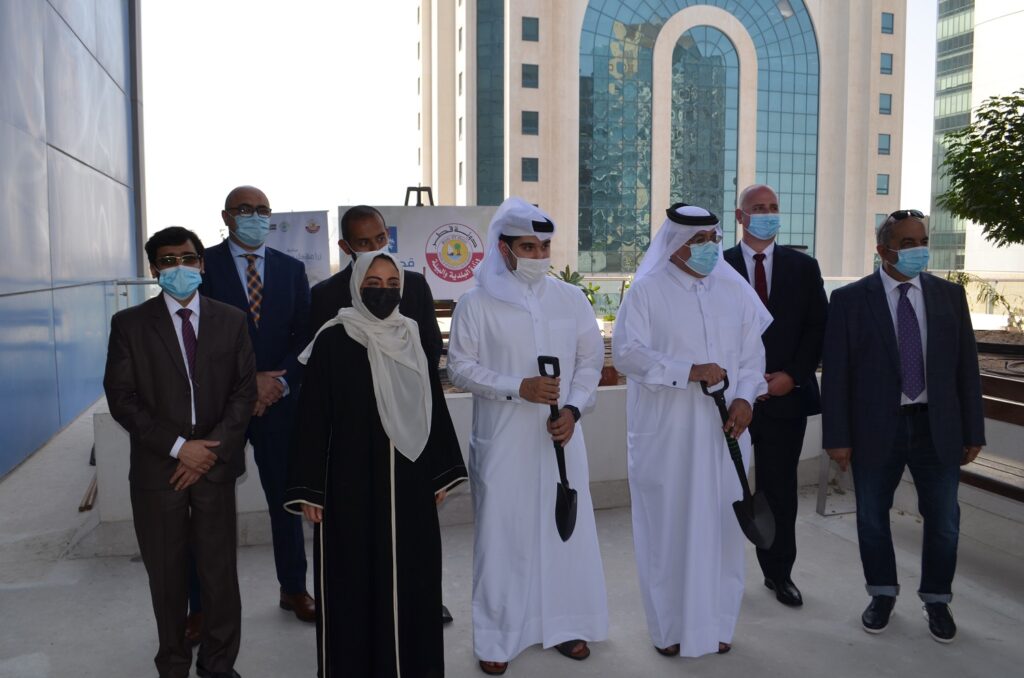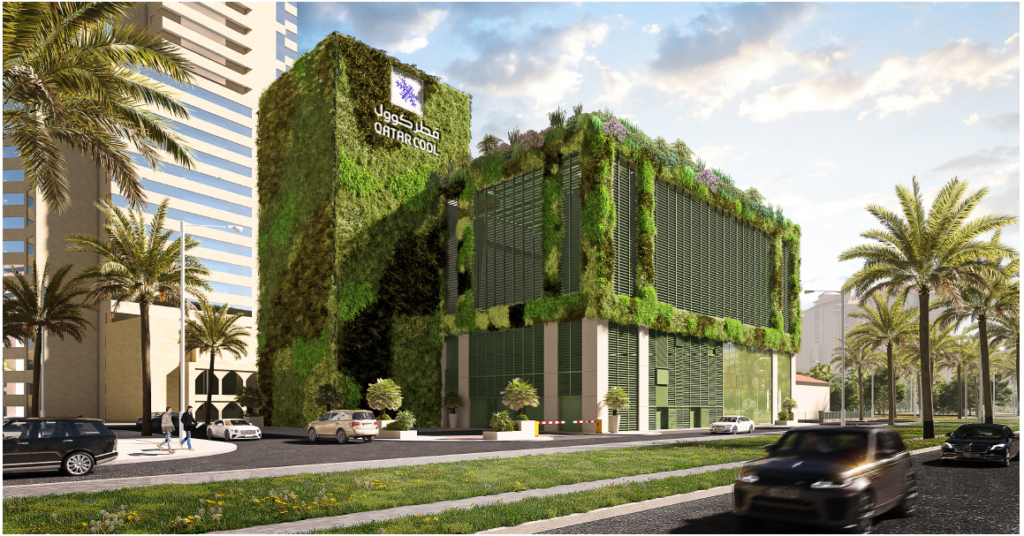Emissions and Environment
Responsible management of emissions and waste
Reducing material use and waste from our operations and supply chain. Includes the reuse, remanufacturing, and recycling of products and packaging; repurposing of products, sourcing of recyclable and sustainable materials; phasing out substances of concern; and landfill avoidance for operational solid waste from us and supplier facilities. Efforts to reduce GHG emissions across the organization, including product use, our own operations, and those of our suppliers.
Reduce Desertification and Provide Green Spaces
Provide green spaces to offset the organizations CO2 reductions and decrease desertification. Partner with schools and NGO’s to Provide greener communities.
Intergrate Climate Change Policies and Build Knowledge and Capacity to Meet Climate Change
Using environmentally friendly HFC refrigerant in the cooling plants, whilst advocating the highest energy efficiency standards for air conditioners in conventional settings, to reduce climate impacts and air pollutants. Continuous efforts in producing less CO2 and harmful emissions. Reduce the harmful effects of over congested roads by supplying company transportation. Cultivate a policy to retro-fit qualifying districts to convert from conventional cooling to district cooling.














